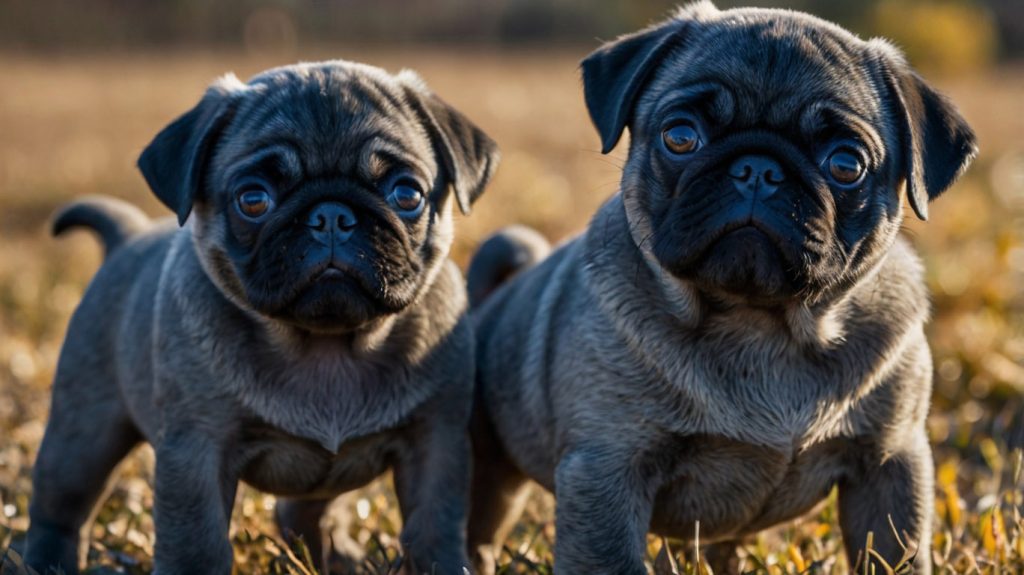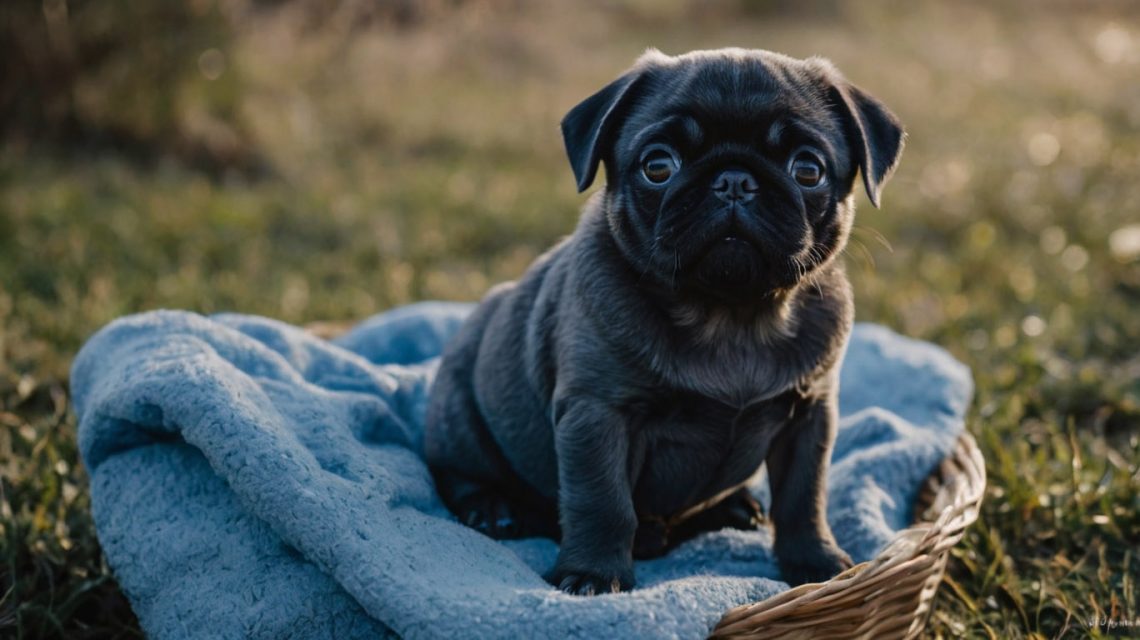Blue pug puppies are a rare and intriguing variation of the beloved pug breed. Known for their adorable wrinkled faces and playful demeanor, these unique pugs stand out due to their captivating coat color. If you’re considering adding a blue pug puppy to your family, understanding their traits and needs is essential.
In this article, we’ll dive into the history, traits, and care of blue pug puppies, helping you make an informed decision about welcoming one into your home.
What Are Blue Pug Puppies?
A Rare Genetic Variation
Blue pug puppies owe their striking coat color to a dilution gene that lightens the traditional black or fawn coat. This gene results in a beautiful blue-gray hue that makes these pugs highly sought after.
Not a Separate Breed
It’s important to note that blue pugs are not a separate breed. They share the same characteristics as traditional pugs, including their small size, endearing personality, and signature curly tails.
The Appeal of Rarity
Due to their unique coloring and rarity, blue pug puppies are considered a prized variation, often attracting enthusiasts who value their distinct appearance.
Traits of Blue Pug Puppies
1. Appearance
- Coat Color: A striking blue-gray hue.
- Size: Small and compact, typically weighing 14–18 pounds as adults.
- Facial Features: Wrinkled face, large expressive eyes, and a distinctive pushed-in nose.
2. Personality
- Affectionate: Blue pugs are known for their loving nature and attachment to their families.
- Playful: They have a lively spirit and enjoy games and interactive play.
- Social: Pugs thrive on companionship and are friendly with children and other pets.
3. Health Considerations
Like all pugs, blue pugs are prone to certain health issues, such as breathing difficulties and eye problems, due to their brachycephalic (short-nosed) structure.

How to Find Blue Pug Puppies
1. Reputable Breeders
Finding a reputable breeder is essential when searching for blue pug puppies. Look for breeders who prioritize health and ethical practices.
- Ask Questions: Inquire about the puppy’s lineage, health tests, and care history.
- Visit the Breeder: A reputable breeder will welcome visits and provide transparency about their practices.
2. Rescue Organizations
While rare, blue pugs occasionally appear in rescue organizations. Adopting from a rescue gives a dog in need a loving home.
3. Avoid Puppy Mills
Stay away from sellers who prioritize profit over the well-being of their dogs. Red flags include lack of health records, unwillingness to answer questions, or poor living conditions for the puppies.
Why Blue Pug Puppies Are Popular
1. Unique Appearance
The blue coat color sets these pugs apart, making them a conversation starter and a favorite among enthusiasts.
2. Loyal and Loving Nature
Like all pugs, blue pugs form strong bonds with their families, offering unconditional love and companionship.
3. Adaptable to Any Lifestyle
Whether you live in a bustling city or a quiet suburb, blue pugs adapt well to various living environments as long as they receive love and attention.
FAQs About Blue Pug Puppies
1. Are blue pugs more expensive than traditional pugs?
Yes, their rarity often makes them more expensive, with prices ranging from $1,500 to $3,500 or more.
2. Do blue pugs require special care?
While they don’t need special care due to their coat color, their brachycephalic structure means you should monitor their breathing and avoid excessive heat.
3. Are blue pugs good with children?
Yes, they are affectionate and gentle, making them excellent companions for families with kids.
4. How long do blue pugs live?
With proper care, blue pugs typically live 12–15 years.
5. Do blue pugs shed a lot?
Yes, like other pugs, blue pugs shed moderately year-round. Regular brushing can help manage shedding.
6. Can blue pugs participate in dog shows?
While their coat color might not meet traditional breed standards, they can still participate in non-conformation events and make wonderful companions.


